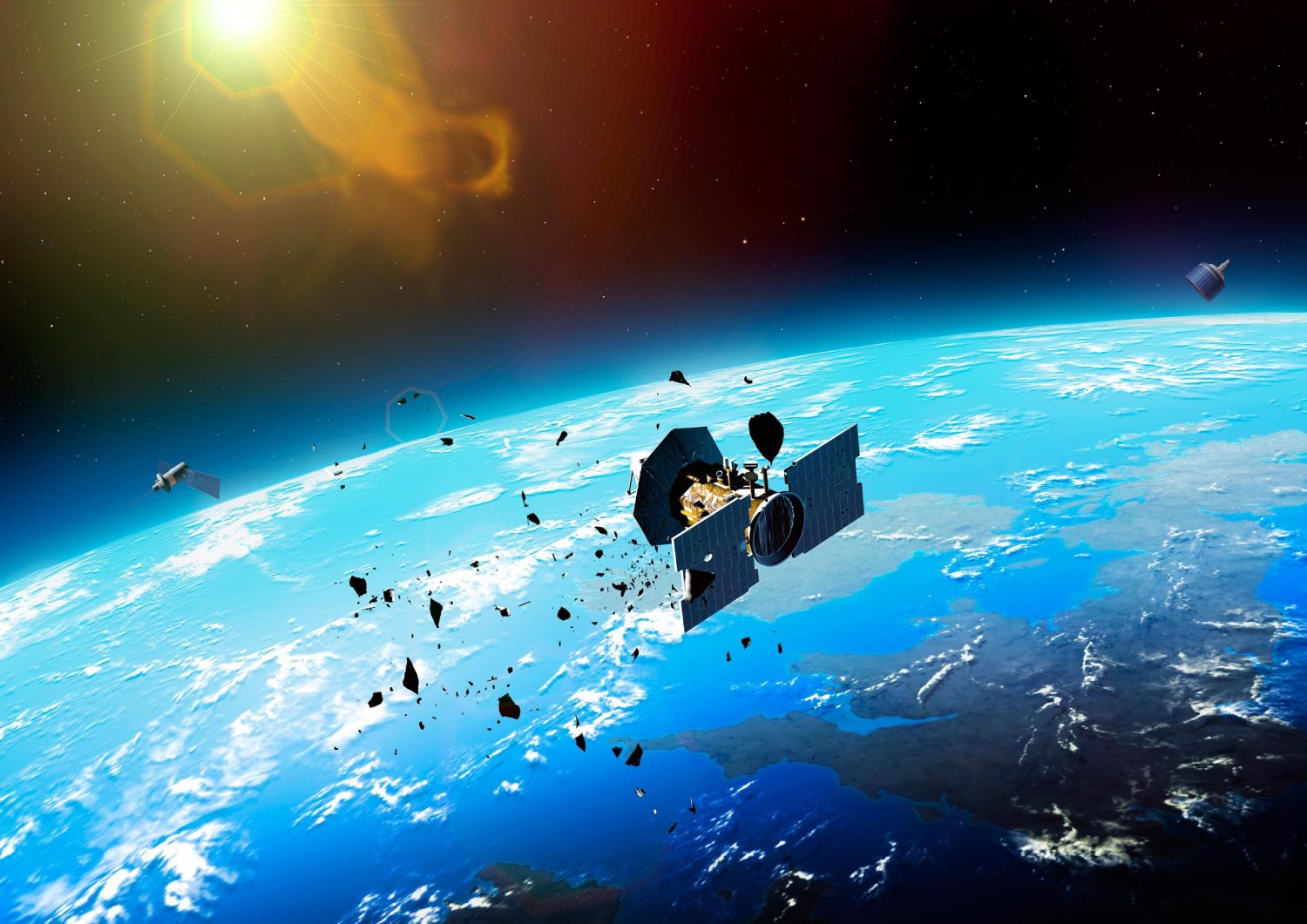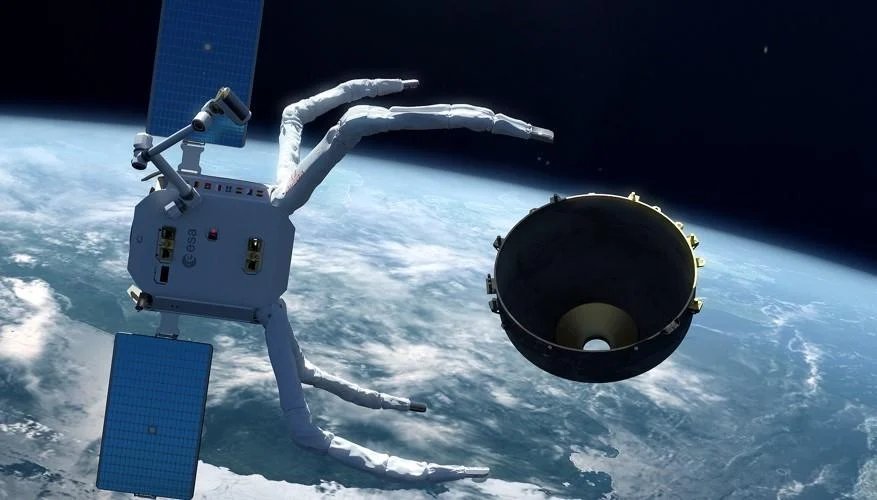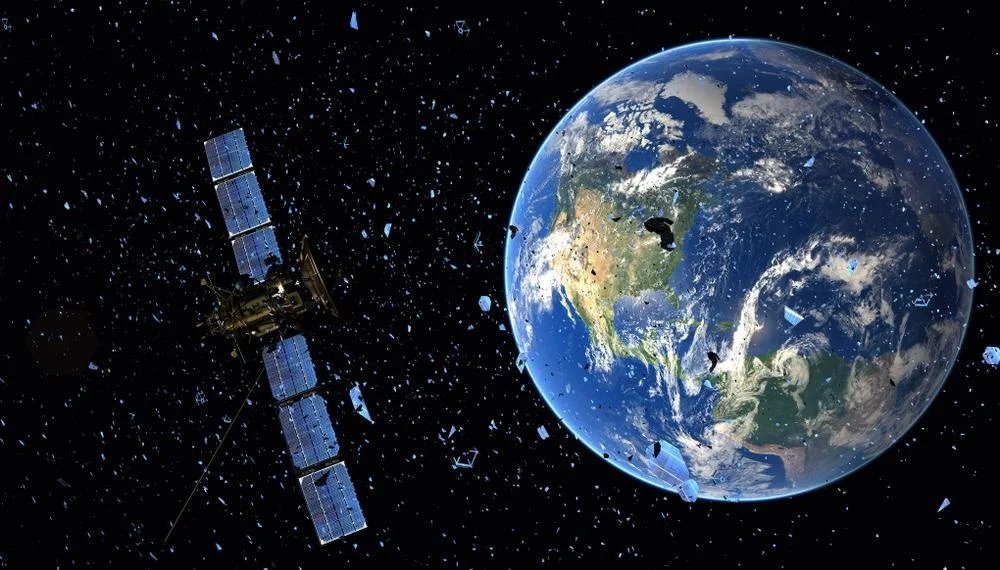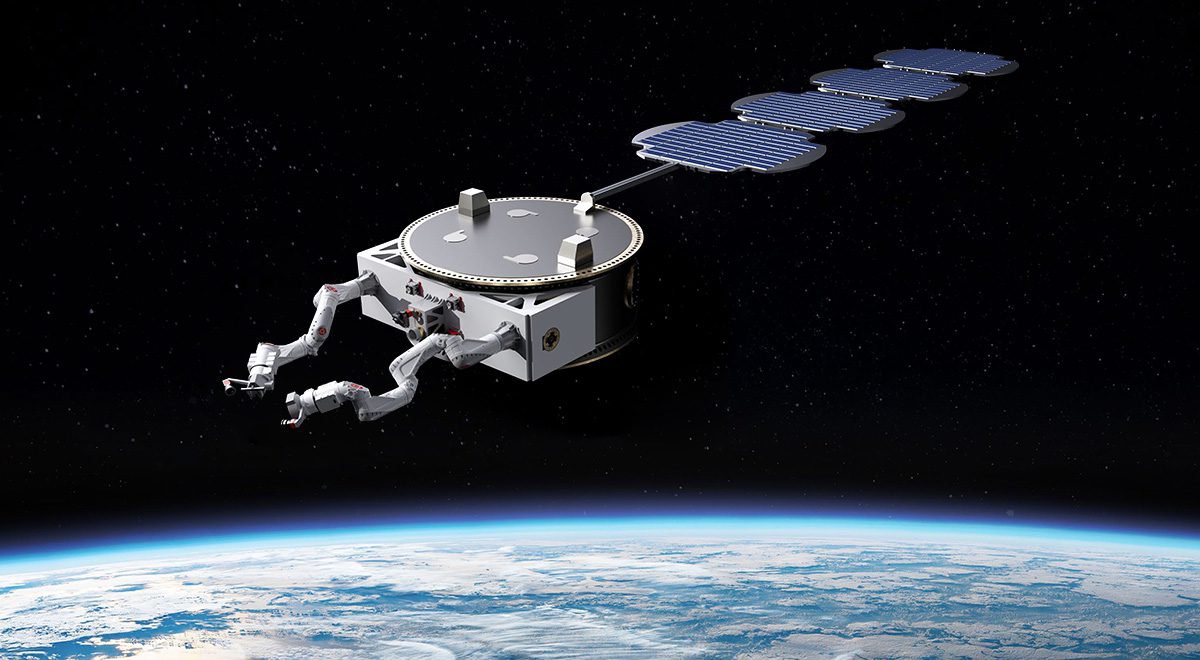Space exploration and satellite launches are increasing. This growth brings a serious issue: space debris. Orbital debris includes old satellites, used rocket stages, and bits from past missions. This junk is a big threat to current and future space operations. If we don’t remove space junk, the chances of satellite crashes and harm to important space systems will grow. The problem of orbital debris is now a top concern for space agencies and private companies. Cleaning Earth’s orbit is vital for the future of space missions.
Understanding the Orbital Debris Problem

What is Space Debris?
Space debris is the collection of man-made objects orbiting Earth that are no longer useful. These objects vary in size. They can be as small as tiny paint flecks or as large as old satellites and used rocket bodies. NASA reports over 30,000 tracked objects larger than 10 cm. There are also millions of smaller debris pieces. These smaller pieces are hard to detect but still pose a serious threat to spacecraft.
How Did Space Debris Accumulate?
Space debris originates from various sources, including:
- Defunct satellites that are no longer operational but remain in orbit.
- Rocket stages left behind after satellite launches.
- Explosions in orbit, often caused by leftover fuel or battery malfunctions.
- Collisions between satellites, which generate thousands of smaller debris fragments.
- Deliberate anti-satellite tests, in which countries destroy defunct satellites, creating dangerous debris fields.
Why is Space Debris Dangerous?
The orbital debris problem presents several challenges for future space operations:
- Collision Risk: Even small debris can cause significant damage to operational satellites and spacecraft due to their extreme speeds (up to 28,000 km/h).
- Threat to Astronauts: The International Space Station (ISS) must regularly adjust its orbit to avoid potential debris collisions.
- Impact on Future Missions: Increased debris density makes it harder to launch and operate new satellites safely.
- Chain Reaction (Kessler Syndrome): A scenario where collisions generate even more debris, leading to an uncontrollable cascade of collisions in orbit.
Current Efforts in Space Junk Removal

Tracking and Monitoring Orbital Debris
Before effective space junk removal can occur, tracking and monitoring debris is essential. Organizations such as NASA, the European Space Agency (ESA), and the U.S. Space Surveillance Network use advanced radar and telescopes to track thousands of debris objects.
Some key tracking initiatives include:
- Space Fence (U.S. Air Force): A ground-based radar system designed to detect and track small debris objects.
- ESA’s Space Debris Office: Monitors orbital debris and assesses collision risks.
- LeoLabs: A private company using radar technology to track debris in low-Earth orbit (LEO).
Active Debris Removal (ADR) Technologies
Several innovative technologies are being developed for cleaning Earth’s orbit by actively removing debris. These include:
1. Harpoon Systems
- Designed to spear large debris objects and pull them into a controlled descent toward Earth’s atmosphere, where they burn up.
- Tested by ESA’s RemoveDEBRIS mission, which successfully demonstrated a harpoon capturing a test target in 2019.
2. Robotic Arms and Nets
- Satellites equipped with robotic arms or nets could capture and de-orbit defunct satellites.
- ClearSpace-1, an ESA mission planned for 2026, aims to use robotic arms to capture a piece of debris and remove it from orbit.
3. Laser Systems
- Ground-based or space-based lasers could be used to push small debris into lower orbits, where they would burn up in Earth’s atmosphere.
- NASA and China are both researching laser technology for space debris mitigation.
4. Electromagnetic Tethers
- Conductive tethers can be attached to defunct satellites to generate a force that slows them down, causing them to gradually de-orbit.
- Japan’s Kounotori Integrated Tether Experiment (KITE) has tested this technology for future applications.
Policy and Regulations for Orbital Debris Management
Governments and space agencies have begun implementing policies to mitigate space debris accumulation, including:
- The U.S. FCC’s 5-Year Rule: Requires that defunct satellites in low-Earth orbit be de-orbited within five years after the end of their mission (down from the previous 25-year rule).
- The Outer Space Treaty (1967): Establishes basic principles for responsible space use but lacks specific enforcement mechanisms for debris removal.
- International Guidelines: The United Nations Office for Outer Space Affairs (UNOOSA) has issued guidelines for debris mitigation, but compliance remains voluntary.
Future Solutions for Cleaning Earth’s Orbit

The Role of Private Companies in Space Debris Removal
As the commercial space industry grows, private companies are stepping in to provide solutions for debris removal. Notable companies working on space junk mitigation include:
- Astroscale: A Japanese startup developing satellites capable of capturing and removing debris.
- Northrop Grumman’s Mission Extension Vehicle (MEV): Designed to extend the lifespan of satellites by docking with them and providing propulsion.
- Rocket Lab’s Deorbiting Solutions: Designing new ways for satellites to deorbit more efficiently when their missions end.
Innovations in Spacecraft Design
Future satellites and spacecraft are being designed with debris reduction in mind:
- Self-Deorbiting Satellites: Equipped with onboard propulsion or tethers to safely exit orbit after their missions end.
- Biodegradable Satellite Materials: Research is ongoing into materials that can break apart safely upon re-entry into Earth’s atmosphere.
- Autonomous Collision Avoidance: AI-driven navigation systems that help satellites avoid debris collisions.
The Long-Term Vision for a Clean Orbit
To ensure the sustainability of space operations, a global effort is needed to:
- Establish legally binding international agreements for debris removal.
- Develop economic incentives for companies to invest in space junk removal.
- Increase funding for research into advanced debris removal technologies.
- Promote teamwork among governments, space agencies, and private companies to address the issue of orbital debris.
Clearing Earth’s Orbit: The Future of Space Debris Removal
Orbital debris is a serious issue. It endangers space exploration and satellite work. If we don’t remove space junk, Earth’s orbit may become dangerous. This could stop us from exploring and using space effectively. Luckily, new tracking and cleaning technologies for Earth’s orbit, along with international rules, are making space safer and cleaner.
As private companies and government agencies continue to develop innovative solutions, the goal of a sustainable space environment becomes more achievable. The question is—will we move quickly enough to stop space debris from becoming a big problem? What are your thoughts on the future of space debris removal? Let us know in the comments!


